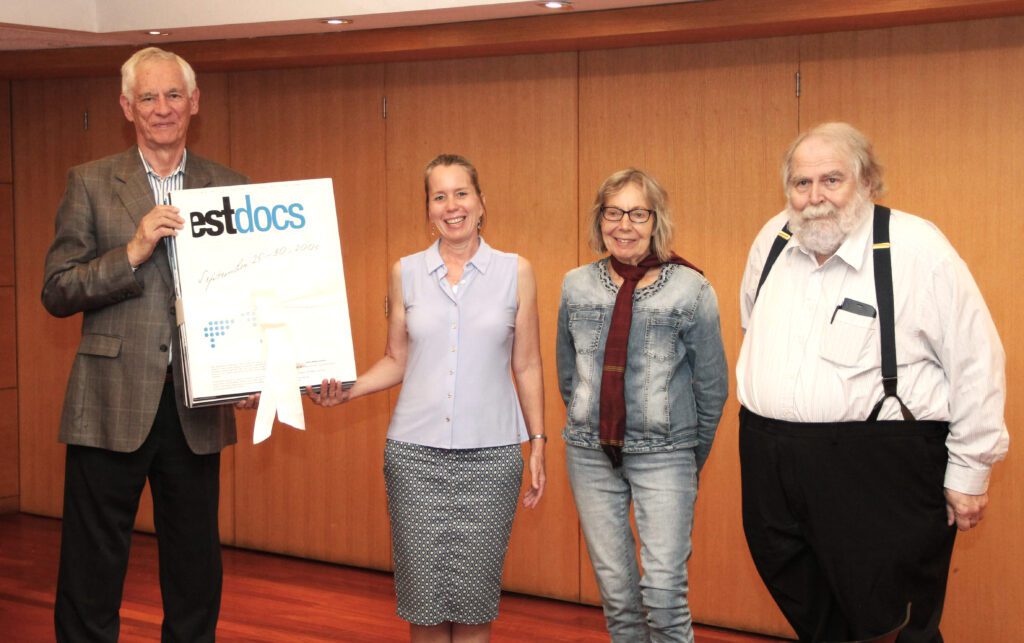
As a shy kid, I wasn’t usually the one to be picked first for team sports or activities at school. I knew I had value but didn’t know how to articulate it. I remember too, that when others were being left out, I was compelled to do my best to make them feel included. I also felt that there was something very Estonian in wanting to do so – with Estonia being a small country that has often been pushed around, having to be scrappy about carving a seat at the table for itself. What’s always been important to me is to give room for others to bring their best game, to give others the opportunity to grow, and to shine – that excites me to no end.
Become a subscriber to continue reading!
Every week we bring you news from the community and exclusive columns. We're relying on your support to keep going and invite you to subscribe.
Starting from $2.30 per week.



